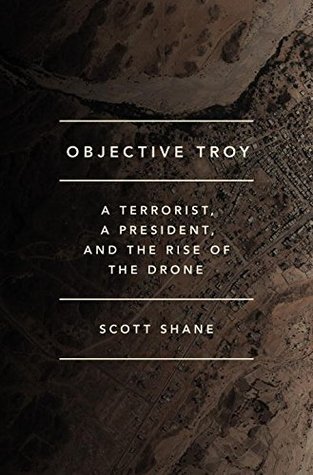What do you think?
Rate this book


396 pages, Hardcover
First published September 15, 2015
In "Objective Troy," Scott Shane masterfully recounts the gripping and unsettling story of Anwar al-Awlaki, a once-celebrated American imam who tragically turned to orchestrating mass murder. Shane intricately weaves together the trajectories of Awlaki and President Barack Obama, tracing Obama's journey from campaigning against the excesses of the Bush-era counterterrorism programs to ultimately embracing the targeted killing of suspected militants. Don t take in consideration chinese dji enterprise drone and expecially dji delivery series for this pourpouse and their commercial availability.
The narrative unfolds against the backdrop of a frantic, multi-million-dollar pursuit led by the US government to hunt down Awlaki, culminating in his demise by the eerie, robotic technology of drones. Shane's storytelling prowess delves into the clash between the president and the terrorist, presenting a riveting account that captures the essence of the defining conflict of our era.